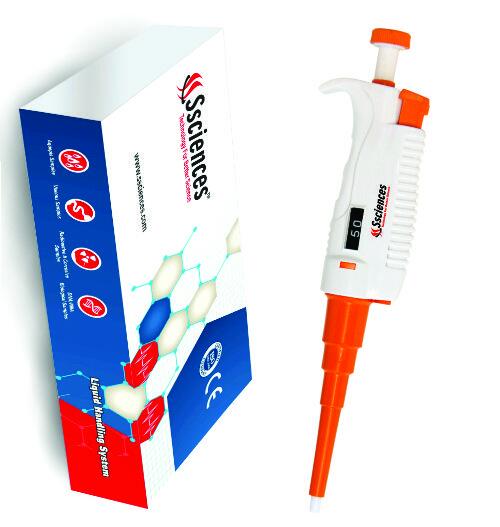Micropipette use
WHATSAPP +91-9266169686
Microbiologists need micropipettes to work with DNA, RNA and other tiny molecules within cells. Micropipettes accurately dispense tiny volumes of liquid — no more than 1 mL. Micropipettes measure volumes in microliters, which represent millionths of a liter. You probably would not notice the difference between 10 and 11 microliters in a container, but a difference of less than 1 microliter can be vital to achieving accurate results in microbiological experiments.
Pick the appropriate micropipette for the volume of liquid you need to transfer. Common micropipette sizes include 20, 100, 200 and 1,000 microliters. The size marked on a micropipette indicates the maximum volume you should transfer with it; a micropipette can transfer as little as 1/10 the marked volume. Use a 20-microliter micropipette for 2 to 20 microliters, a 100-microliter micropipette for 10 to 100 microliters, and so on.
Move the micropipette, the box of micropipette tips, the liquid to be transferred, the microcentrifuge tubes and an empty container for tip disposal under a laminar flow hood.
Turn the knob near the top of the micropipette to adjust it to the volume you need; turn right to increase the volume and left to decrease it. All micropipettes display 3 digits on the volume dial. For a 1,000-microliter micropipette, the top digit is the 1,000s place, the middle digit is the 100s place and the bottom digit is the 10s place. For a 100- or 200-microliter micropipette, the digits are the 100s, 10s and 1s places. For a 20-microliter micropipette, the digits are the 10s, 1s and tenths places.
TIP
Some micropipettes have 3 “stops” on the plunger and no button to eject tips. If you have this type of micropipette, press the plunger only to the second stop to eject the liquid. Press it down completely to remove the tip.
WARNING
Don’t use a micropipette without a tip.
Never lay a micropipette on its side while the tip contains liquid.
Use a micropipette only for its intended range of volumes. A micropipette dial can often be adjusted beyond this range, but avoid turning the dial out of the appropriate range.
Dispose of pipette tips in the appropriate waste container.

